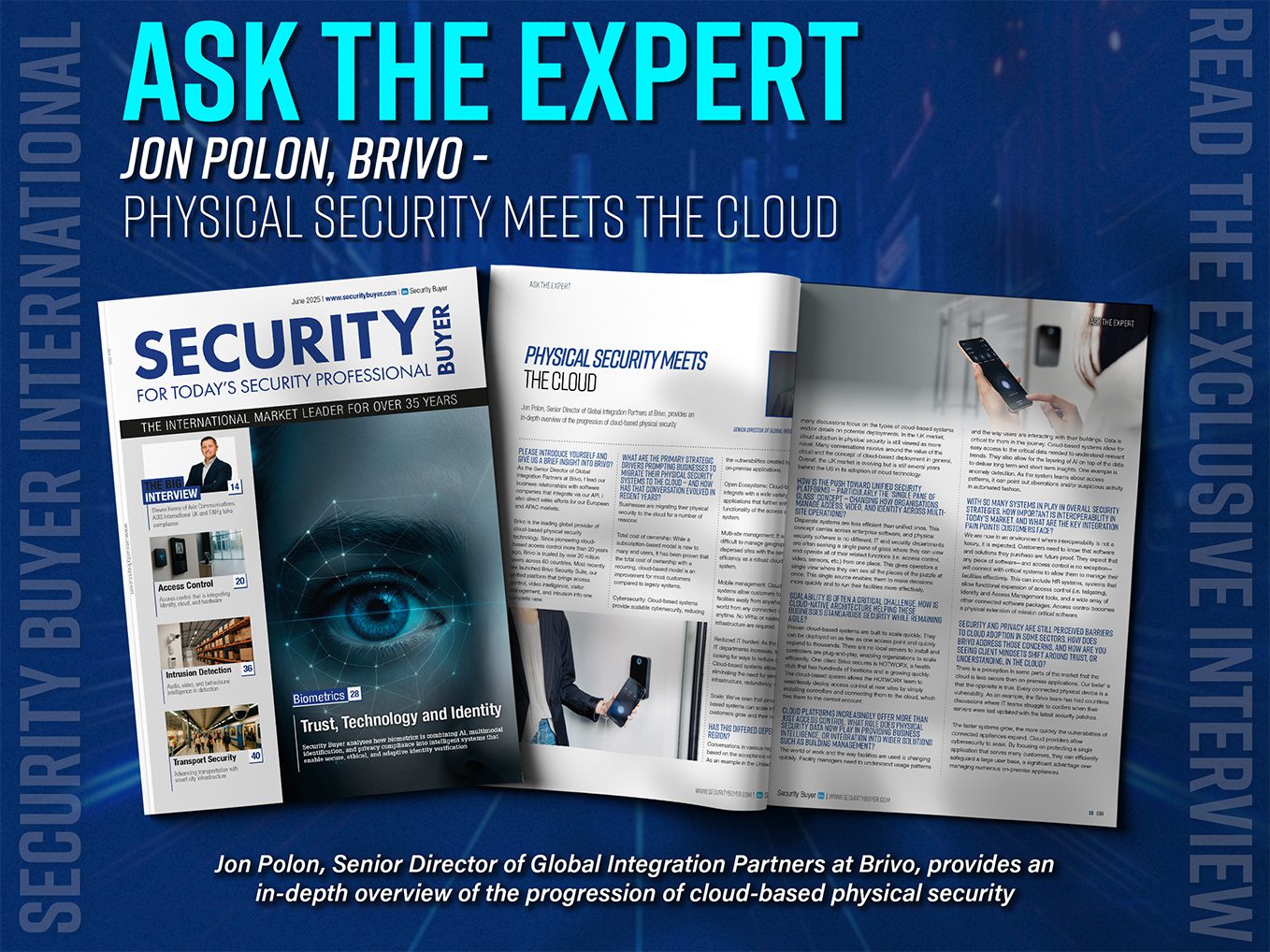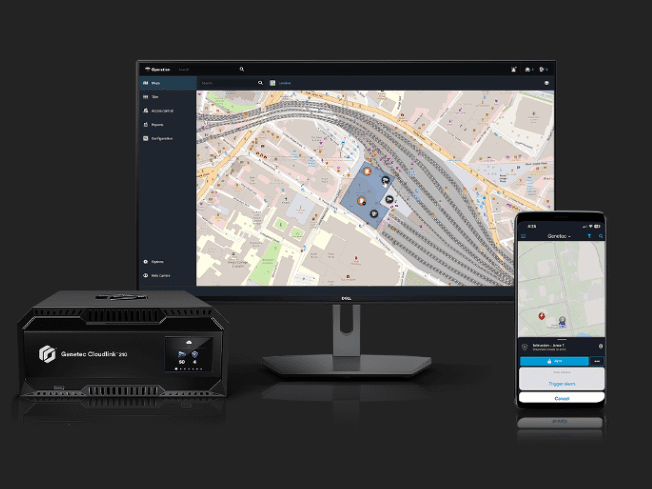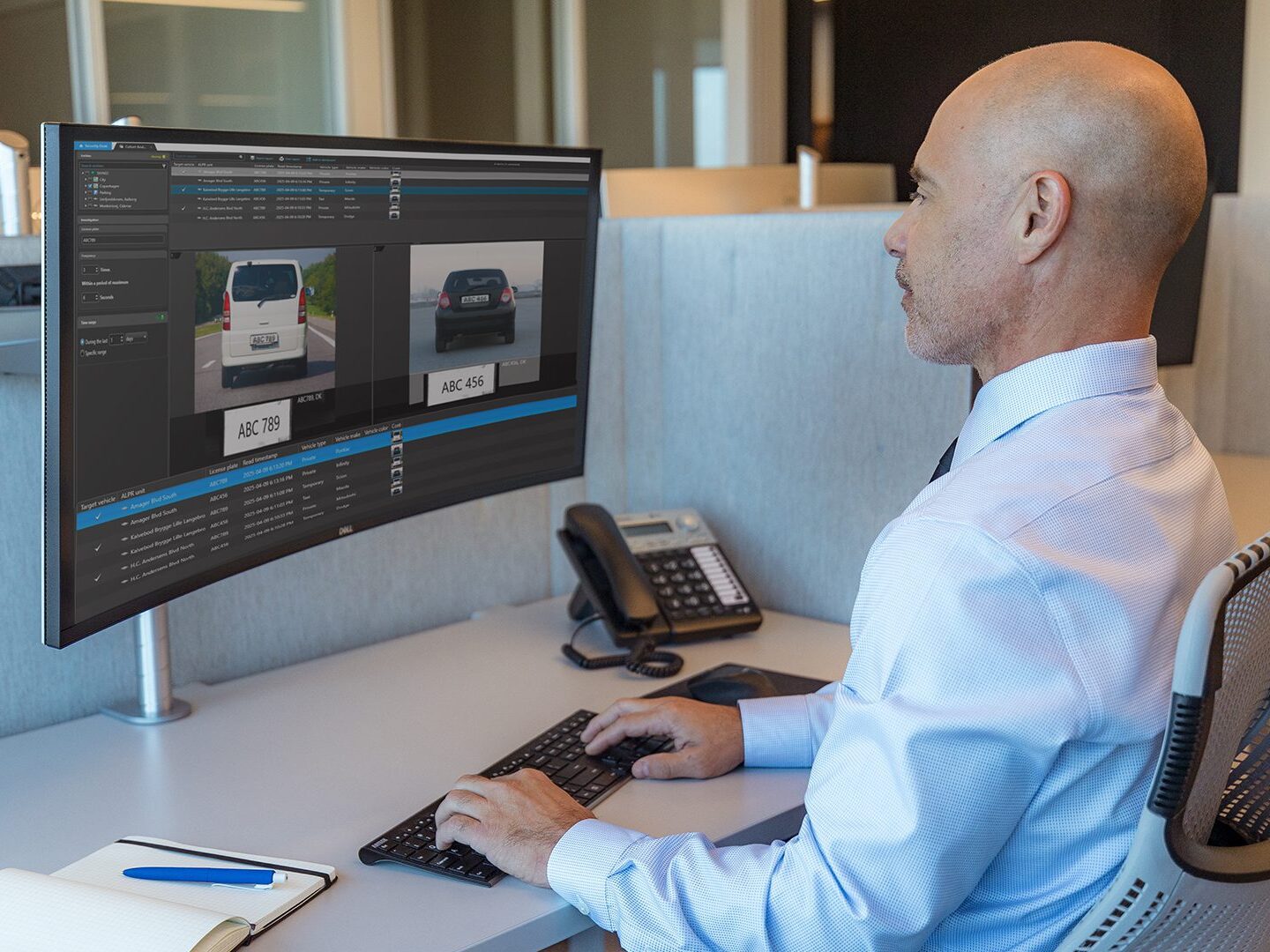
IHS, the global information company, is currently compiling an updated report on the influence PSIM is having on the market. Paul Bremner, IHS Market Research Analyst, spoke exclusively to SecurityNewsDesk about the report’s findings. On the market for PSIM solutions Paul said, “PSIM is making a big impact in the security industry at the moment, however, it is still a relatively small market. From our 2012 edition of the PSIM software report we estimated the market size to be around $150 million in 2013.
“That said, it is a rapidly expanding market, growing at rates upwards of 20%. While the market is growing at a high rate, there are cost challenges for some end-users, which may be limiting this growth. PSIM projects are typically expensive and normally have a return-on-investment of 18 months or greater, this can put these platforms out of reach.”
Despite highlighting this, Paul was quick to underline the benefits of PSIM, saying “The benefits include integrating and managing multiple disparate security systems, as well as non-security systems, the key is that the system is ‘open’ in that it is hardware and vendor agnostic, giving users flexibility and the choice to use best-in-breed technology without limitations.
“Another key benefit is the ability to provide active policy management and a rules based workflow. The functionality to create step-by-step action plans in response to different situations is vital in both making the users job easier, but also in ensuring the company is following corporate safety and security policies every time.”

IHS has been researching the PSIM market since 2010. During this time they have seen industry opinions towards PSIM software platforms change dramatically.
Paul said, “We’ve seen education levels increase around what PSIM is and its capabilities. In 2010 there was a perception that PSIM was fundamentally no different to a systems integration platform; that perception has, for the most part, vanished. In 2012 there was a much better understanding that PSIM can be deployed as a command centre or business consolidation tool, and I would say that understanding has certainly grown since then.”
The report concludes that we will see PSIM solutions continue to evolve. Paul predicts that “PSIM will continue in the direction of offering benefits to the end-user beyond their physical security, and will provide stronger benefits to business operations via active policy management and rules based workflows. I also think there is going to be real competition between PSIM providers over who provides the easiest to use interface.”
PSIM could be more cost effective, if the industry educates itself
Not everyone agrees with the IHS’ suggestion that PSIM is too expensive with a long wait for return on investment (RoI). It’s been the experience of CNL Software, one of the industry’s leading suppliers of PSIM solutions, that solutions they have put in place generate considerable RoI, sometimes in just 6 months.

CNL have had great success with their bespoke PSIM solutions, but this success hasn’t come without challenges. As the IHS report sites, the PSIM market is small, and Adlan believes he knows why. “The security industry itself is renowned for being slow to adopt new technology. Take IP for example, the technology has been around for a long time and the industry still resists the need to skill up to internet based cameras, still wanting analogue cameras.”
Adlan explains, “Security providers must accept that technology is playing a greater role within our industry and the need to educate their staff in the latest approaches is greater than ever. There are many reasons for this reluctance to move to IT based systems, one reason could stem from a large number of people in the industry coming from a police or military background. These professionals are used to managing people, not technology. So, changing to an IT based system could mean relinquishing an aspect of control.”
The future is here
Liam Heatley, Channel Marketing Manager at PRYSM SOFTWARE, another leading PSIM provider, argues that the security industry should be excited about the advanced technology, not apprehensive.
“For years we have been watching Hollywood blockbusters, the Minority Report for example, remarking how unrealistic they are as the technology simply didn’t exist to control everything, from access control to CCTV cameras, easily from one place. But that’s what PSIM is! The future is happening now.”

“A user-friendly graphic user interface means that events can be managed quickly and easily. For example, say a motion detection system relays an alarm, the system will automatically log the alarm for future reference and alert the system operator in the control centre.
“Not only will the system prompt the operator on the appropriate response, the graphic user interface makes it easy for the operator to click and drag appropriate buttons and icons from one place to another to get the response underway with speed and efficiency. Information can even be sent from the main dashboard to the mobile device of a security guard.
PSIM isn’t the best solution for everyone
While PSIM may be growing in popularity, the technology remains relatively niche. With challenges facing the growth of the industry, it’s little wonder there are alternatives on the market that are making a mark.
Genetec are a leading light in the security industry, and according to Jimmy Palatsoukas, Senior Product Marketing Manager at Genetec, their off-the-shelf unified solutions offer a viable alternative to PSIM.

Genetec reports an increasing demand for services such as geo-mapping and workflow, along with a range of other features PSIM tout as its top selling points.
“In the evolving market, these features are becoming basic requirements. From our point of view, end-users shouldn’t have to pay for expensive solutions to meet their basic needs.” Jimmy adds, “Our out-of the box solutions, although fully customisable on demand, are affordable, easy to install and easy to use. PSIM may hold a strong niche position, but that doesn’t help the mass market who require unified systems today.”


























